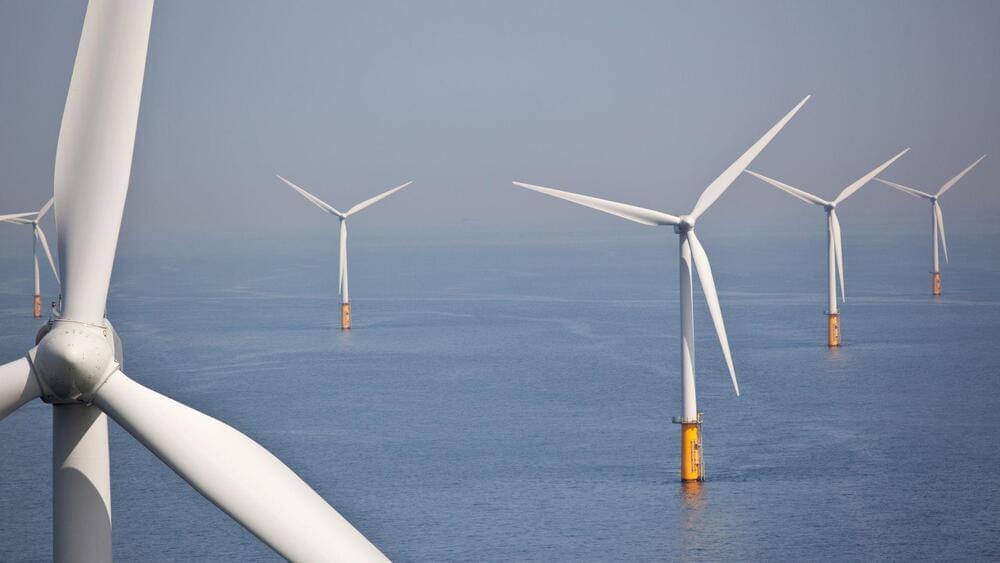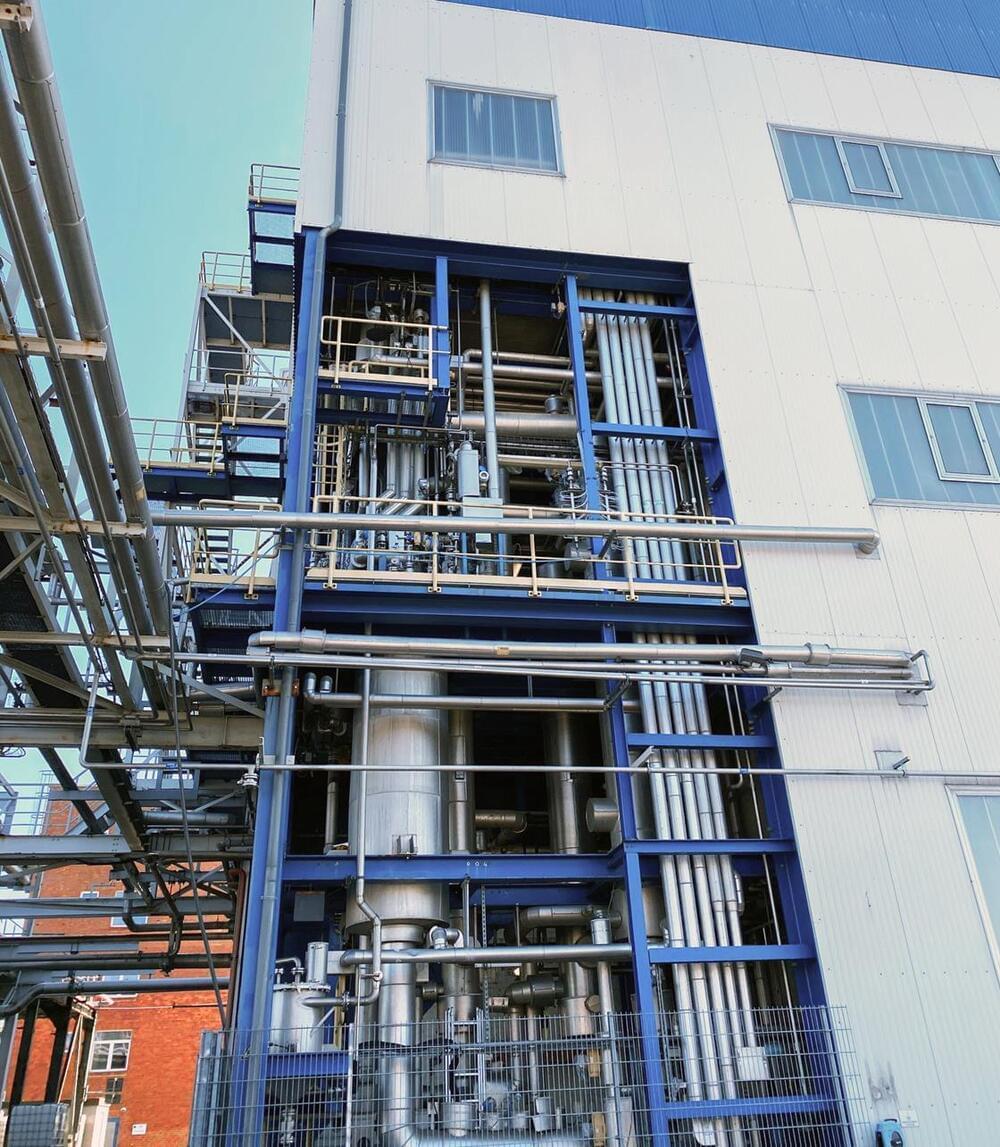The 10-kilometer-long offshore farm would be bigger than all of the power plants in Norway combined.
China plans to break its own record for the world’s largest wind farm by constructing a new one before 2025 that could power more than 13 million homes.
Work on the project will begin “before 2025.” It will surpass the largest wind farm in the world once it is finished, according to Guangdong province officials.
Freezingtime/iStock.
The 14th five-year plan for Chaozhou, China’s Guangdong province, was released last week, outlining the city’s ambitious plans for a 43.3 gigawatt (GW) project in the Taiwan Strait.








